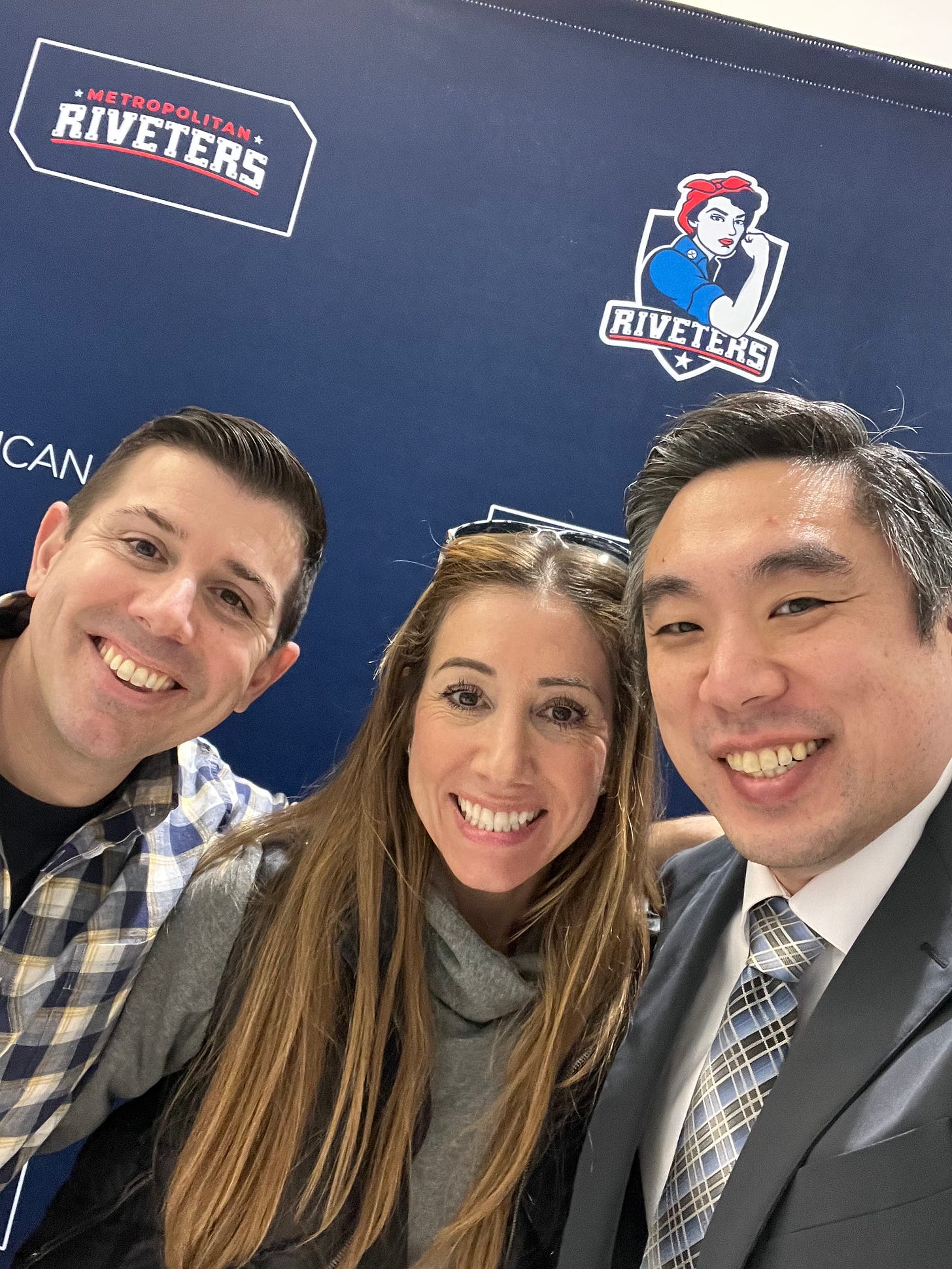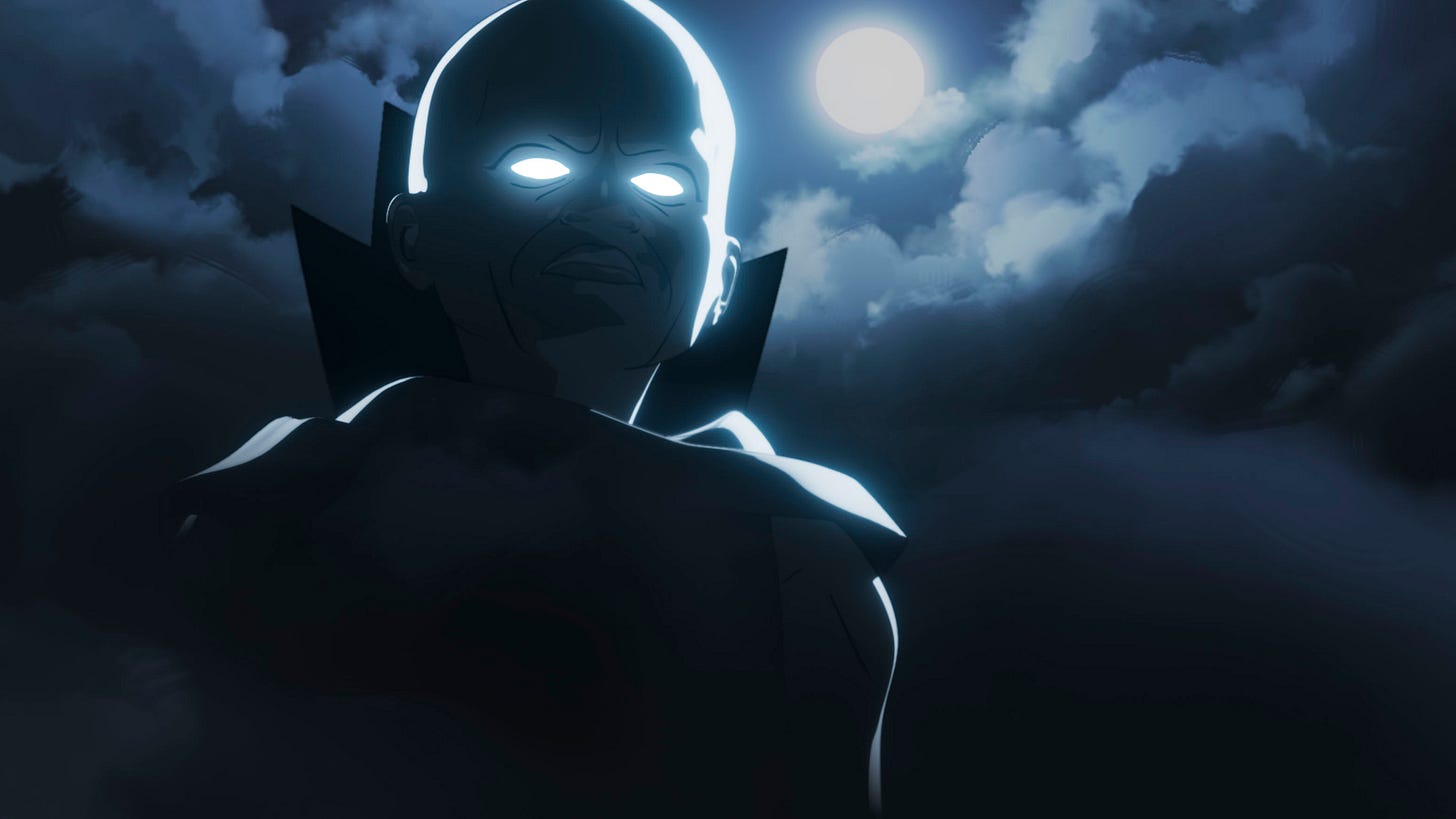“You can observe a lot by watching.”
I just watched the documentary It Ain’t Over about Lawrence Peter “Yogi” Berra. He amassed 10 World Series rings as a player and three more as a coach or manager; three MVP awards; he made 18 All-Star game appearances. He also caught the only perfect game in World Series history.
Despite his physical stature, this kid from St. Louis was able to have one of the greatest baseball careers in history. He didn’t look like a ball player; he didn’t act like a ball player, but he ended up being one of the best to play the game.
Can you imagine if he was passed over because of his physical stature or unique hitting style?
Oh yea, he volunteered for military service in WWII (he was not drafted) and was part of the invasion forces on D-Day.
By the sound of it, Yogi was an observer. He watched a lot from behind the plate and made adjustments he saw fit. Even his comments as a coach/manager were never a micro-managing process, rather, they were rudimentary questions or statements that made you think.
His ability to observe and ask questions made people around him feel like they were heard. Yogi knew how to make you feel like you were in control and he put you in an environment to make your own adjustments.
Why am I talking about this and using Yogi? Well, I’m a Yankee fan, his granddaughter was behind this documentary, and his grandson was my goalie. The documentary also hit on a few key pieces of information that I believe make coaches successful.

Let’s tie observation back to the last post and specifically look at The Practice Review section.
“If the world were perfect, it wouldn’t be.”

In the past, parents have shared comments and feelings that practices did not look organized and lacked the details of direction they felt like their kids needed. Basically, they wanted someone telling their kids what they did wrong and correcting them.
On the other side, some coaches would complain that their drills were not done perfectly. They offered so much detail and information that they blamed the players for not being focused enough to execute.
Full disclosure, I ran the exact breakout drill I featured in the last post. I used to seek perfection from players on each type of “breakout.” However, when it came to game time, none of our players could execute those breakouts!
“It’s deja vu all over again.”
We just worked on these breakouts!
What is the difference between our practice and these games?
How come the team is not able to execute?
These are the thoughts that I had after each weekend. I would get so flustered and try to seek answers from the other coaches. Our common thought process was that these players just couldn’t execute under pressure.
As a refresher, the bullet points below would be questions that I would ask a coach if they were asking me to evaluate this drill.
Does this drill provide failure?
Did we address the underlying causes?
Is this an appropriate drill for a 10U/12U player?
What age group may this drill be appropriate for?
Is this an efficient use of ice time to address learning objectives?
Right off the bat, this drill lacks the ability to read game-like situations. There is no pressure from opposition. What we see are robots on the ice going through the motions. Each player knows what is going to happen and what they are supposed to do to complete the drill.
Unfortunately, this drill does not give us information to determine the underlying cause. However, it does reaffirm the conditioning that dumping pucks in the corners are good and it allows our defenders to not be able to establish gap control.
I’m pretty opposed to this at the 10U/12U level, but it could be something that a pro level group could work on to get their legs moving on game day. This would be a typical “flow” drill where players just want to get on the ice. However, I will note that maybe we need to see less of these drills at the pro level.
Here’s a real life example of something a coach used to practice the breakout. Thoughts?
“We made too many wrong mistakes.”
Practice is the perfect time for players to make mistakes and for coaches to observe behaviors and habits that may be contributing factors. Mistakes are supposed to happen; it’s how we address those mistakes that is important to the development of any player from youth to pro. Look at this next video and make note of some of the behaviors.
I know this drill isn’t perfect, but it does address a lot of the elements that I like to emphasize to players. It’s our job as coaches to provide an environment for these players to learn; it isn’t our job to give them the answer to the puzzle every time; we need to be able to teach them to think for themselves, too!
“When you come to a fork in the road, take it.”
The Constraints Led Approach is a lot to take in and it will require a lot of patience and observation. I encourage you to take it. Subscribe below and you can continue on this journey with me where we will go through this topic more extensively.




